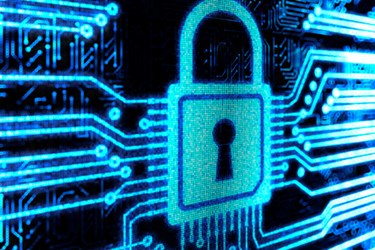IoT Causes New Wave Of Healthcare Cybersecurity Concerns

The Internet of Things (IoT), or Internet of Healthcare Things (IoHT) as it’s known within the healthcare industry, is becoming a tangible reality. As it does, its running head long into a healthcare environment that is functioning within an increasingly hostile cybersecurity environment.
The convergence of these two factors was addressed recently at HIMSS16, according to Health IT News.
Experts expect that by 2020, more than 50 billion objects will be connected to the IoT, and a full 6 billion will be connected in 2016 alone. In healthcare, these growth rates mean that every wearable sensor and home monitoring system presents a new level of vulnerability to hackers and internal threat actors.
Still, the IoHT presents the potential for specific benefits including:
- improved care in the form of additional data provided by sensors and wearables
- cost reduction in the form of savings around chronic disease management
- empowered patients who are given more control over their clinical outcomes and behavior management
Coverage At HIMSS 16
The healthcare-specific threats around the IoT was spotlighted recently at HIMSS 16. Eric Miller, senior director of IT at Ascension Information Services explained, “The Internet of Things is different from the Internet of Things for healthcare in terms of risk. Our goal is to show how to reduce the risk from connected medical devices in a manageable way. There’s a process side to it and a technology side, and we will discuss both.”
Vendors interested in addressing client concerns around security will want to focus on five individual areas covered in the presentation. Those are safety, regulations, revenue, security, and management. The presentation recommends a specific path to IoHT solutions including:
- classification of IoHT devices across the organization
- application of risk models to device classifications
- employment of automatic and secure segmentation
- evaluation and employment of integrated inventory management
- preparation of implementation plans
The presentation also covered various risk models, inventory models, and stages of plan preparation.
Taking their suggested approaches to managing the IoHT offers multiple benefits according to HIMSS, including savings of 30 percent on capital replacement, a 60 percent maintenance cost reduction, improved reliability and request fulfillment times, and reduced risk for electronic secure data.
